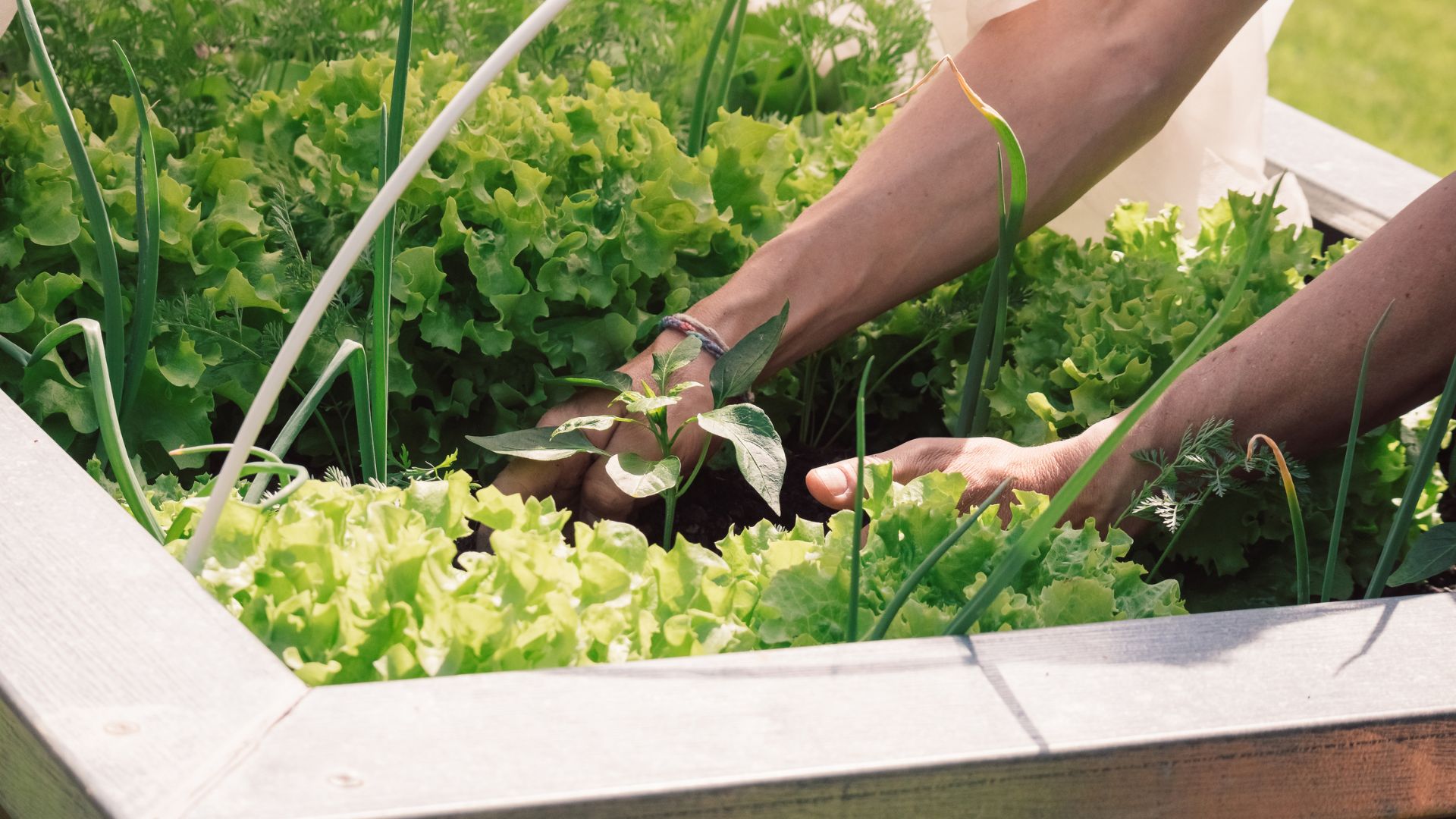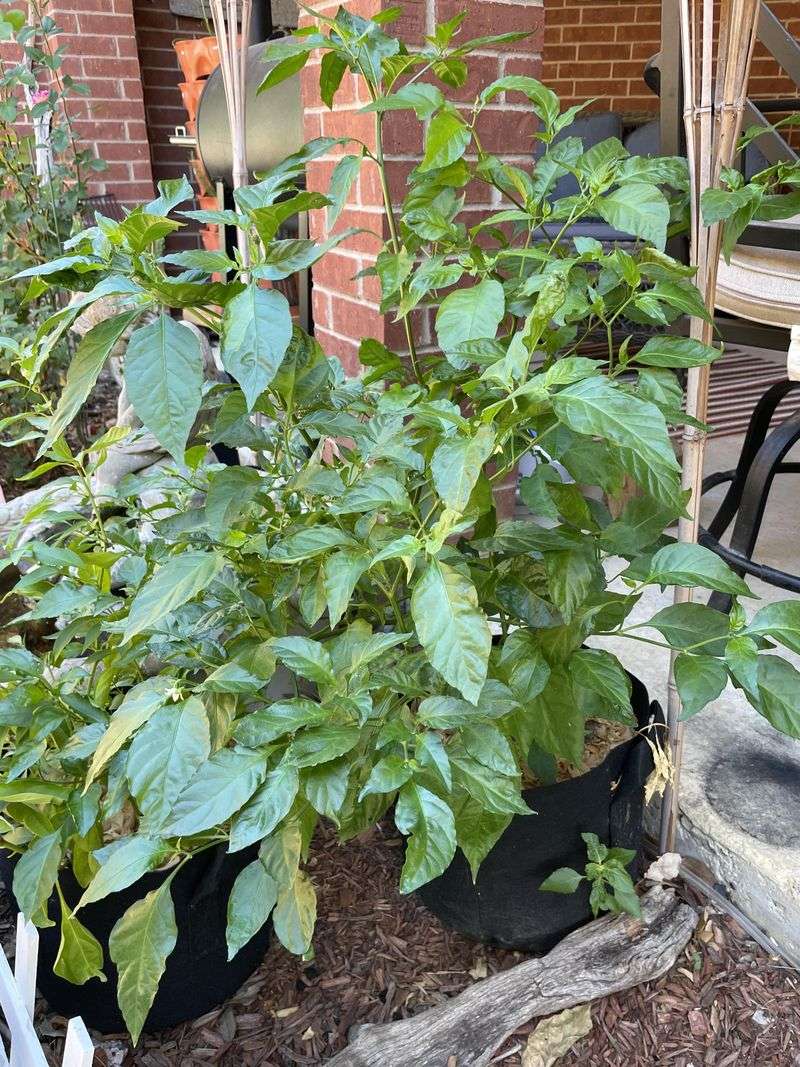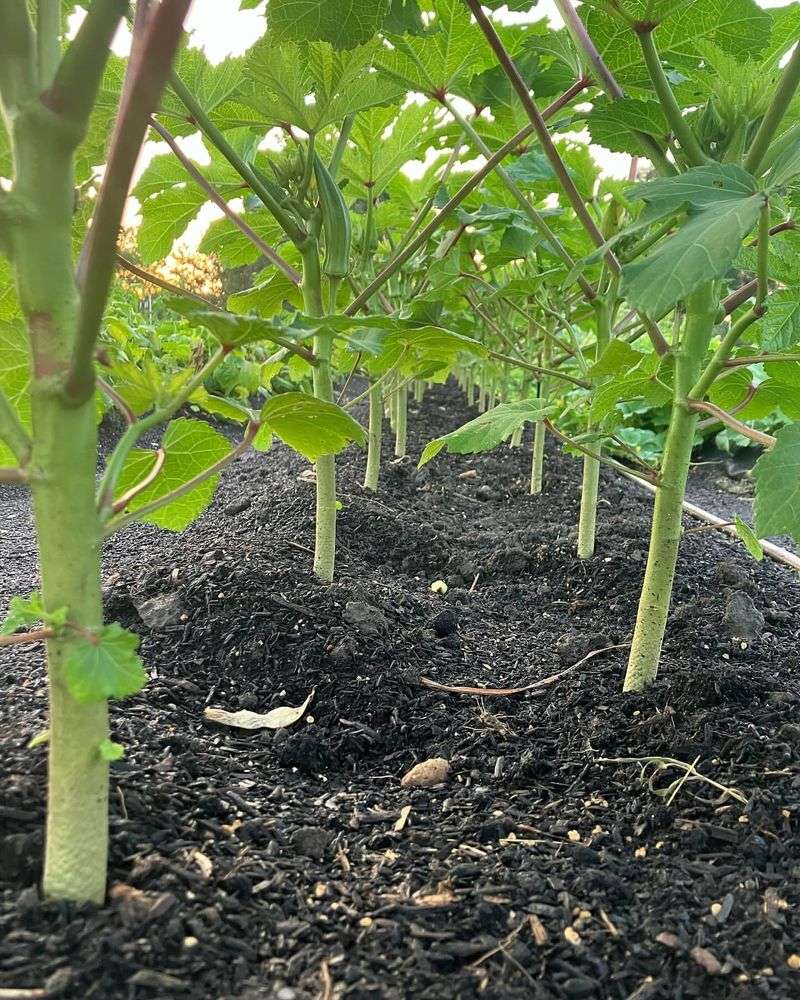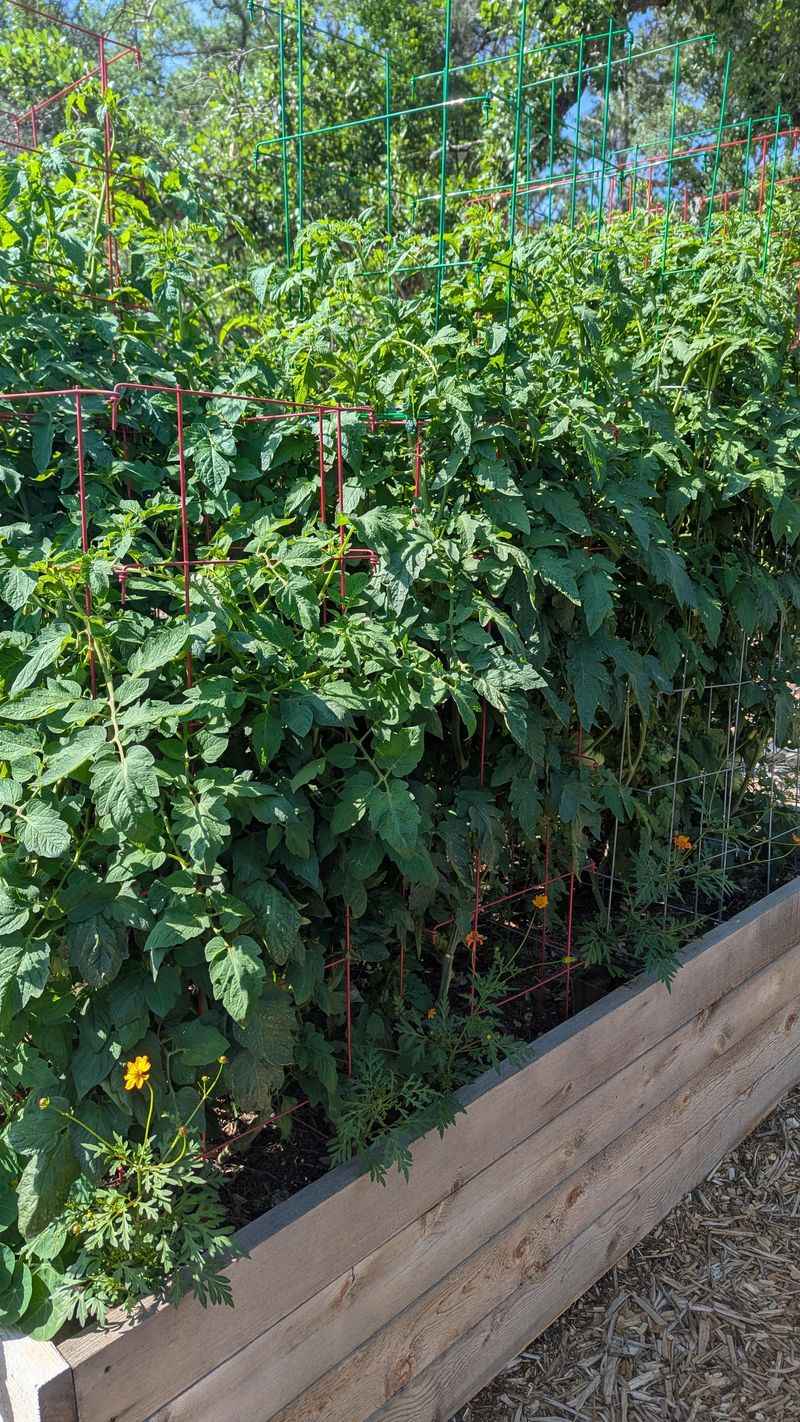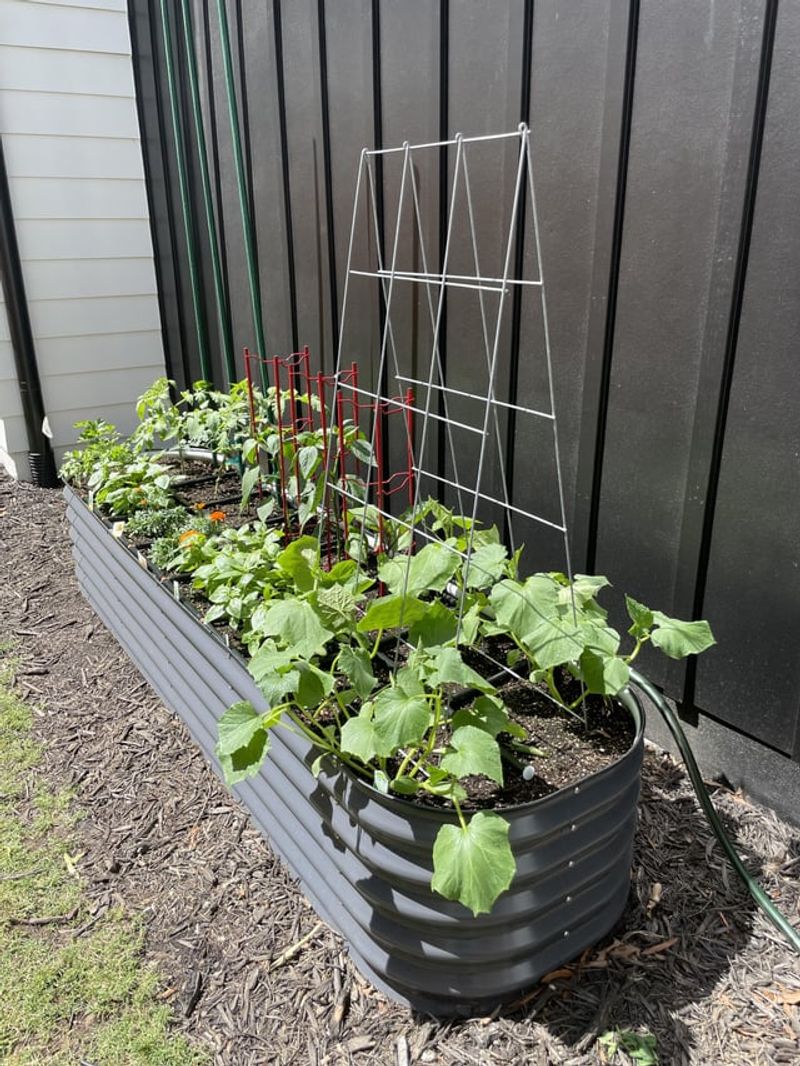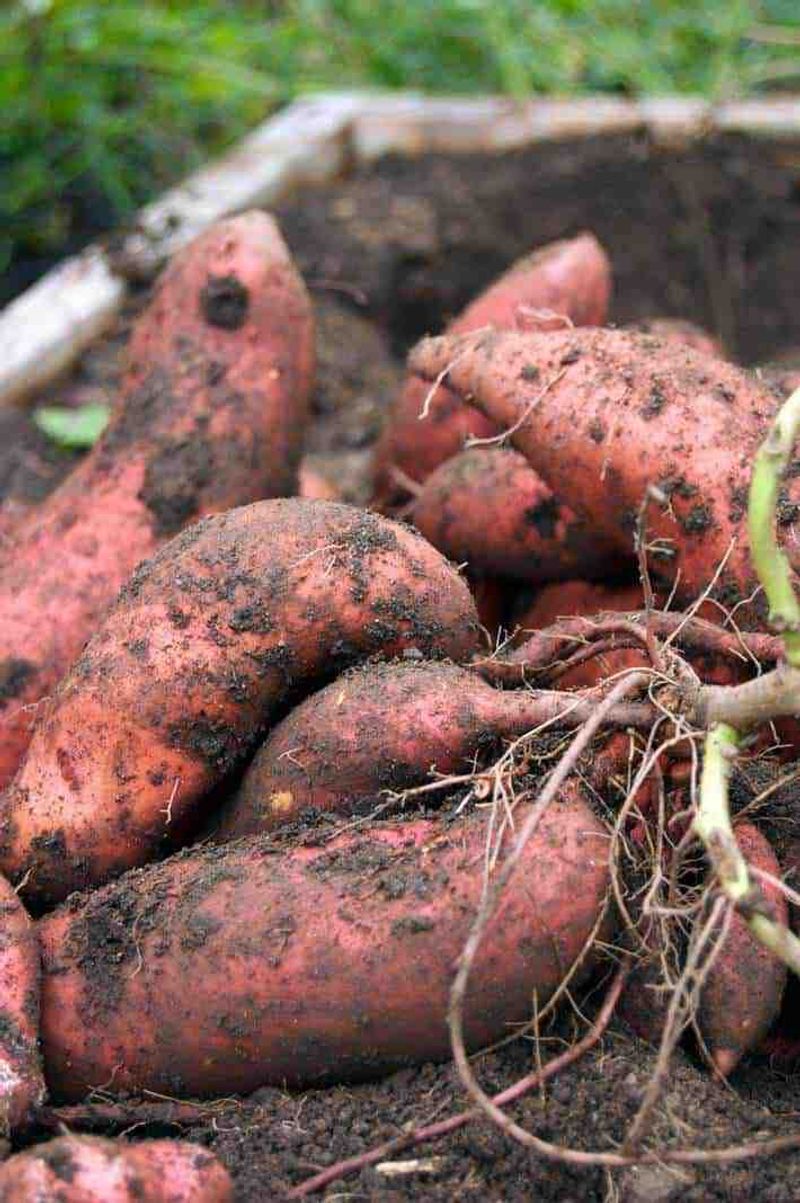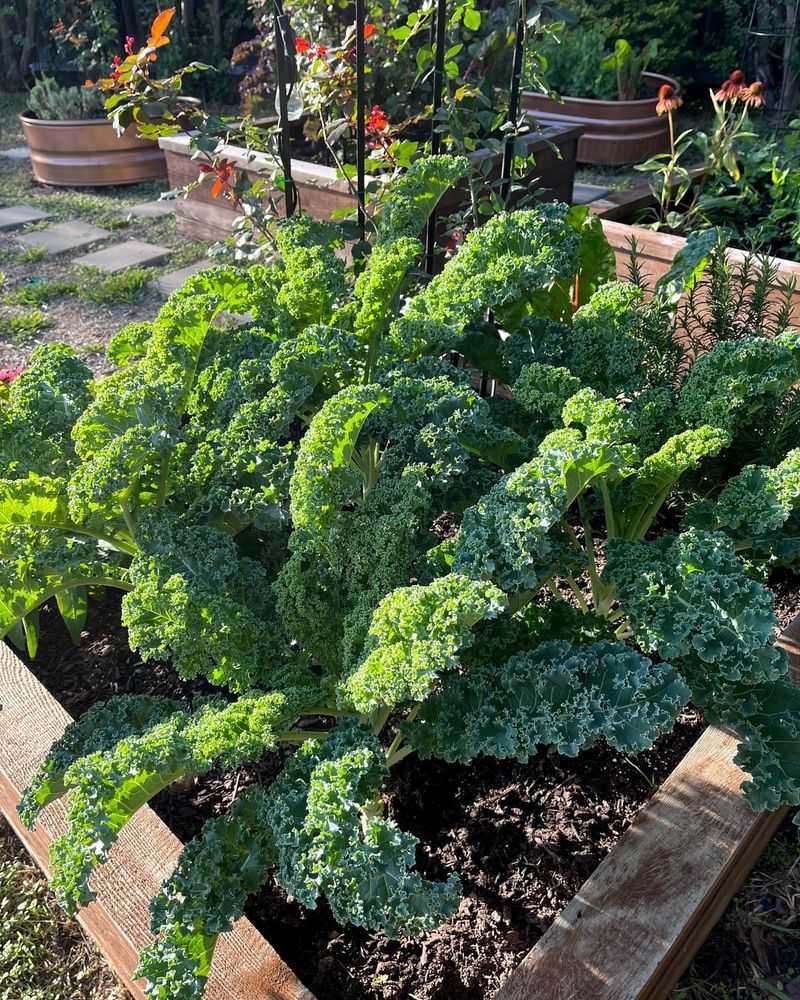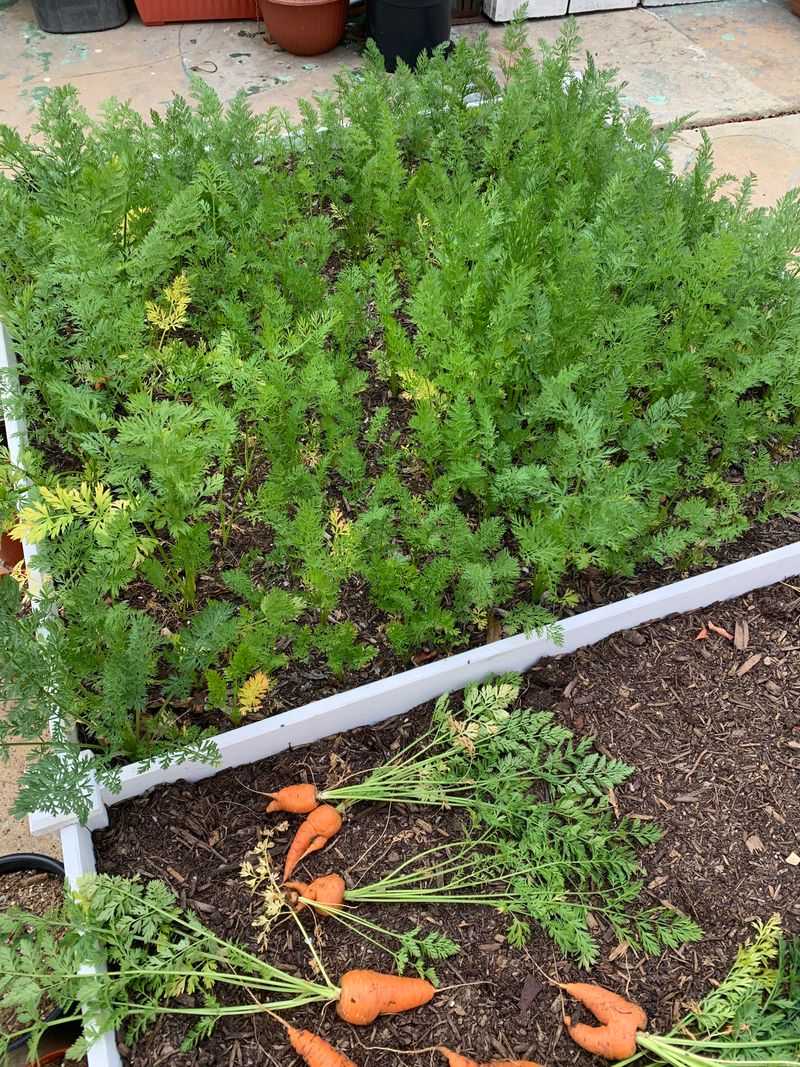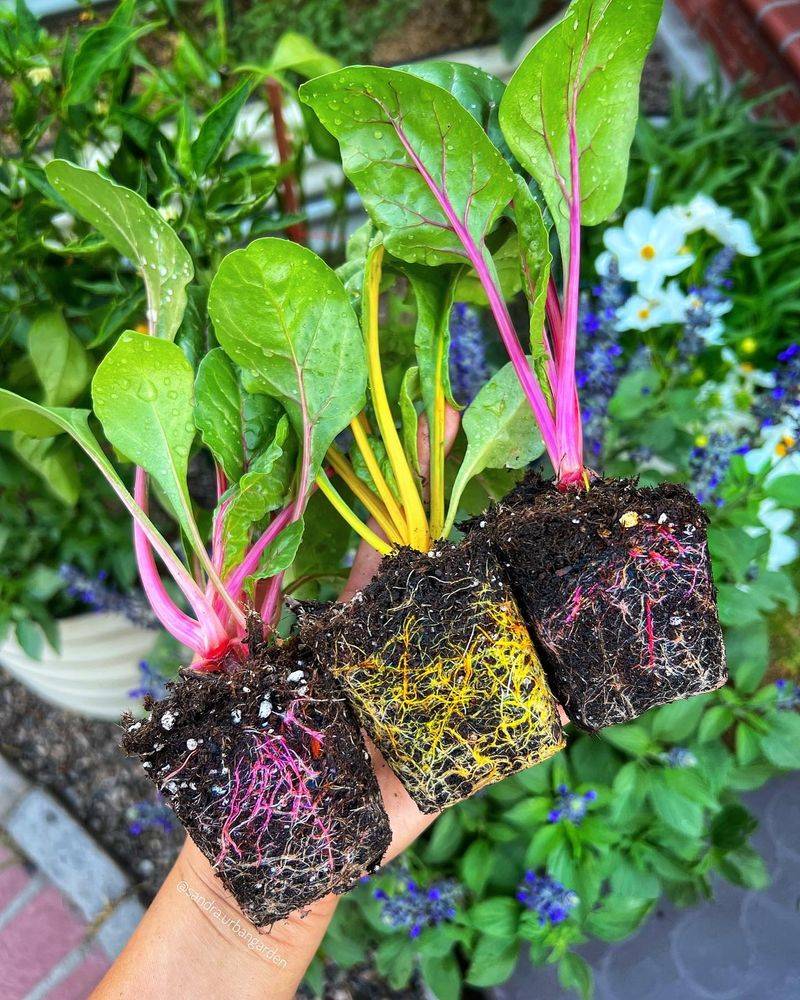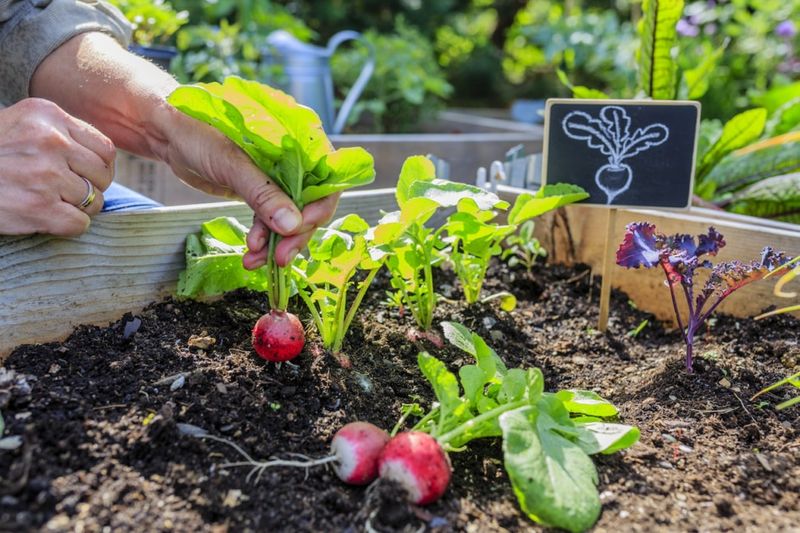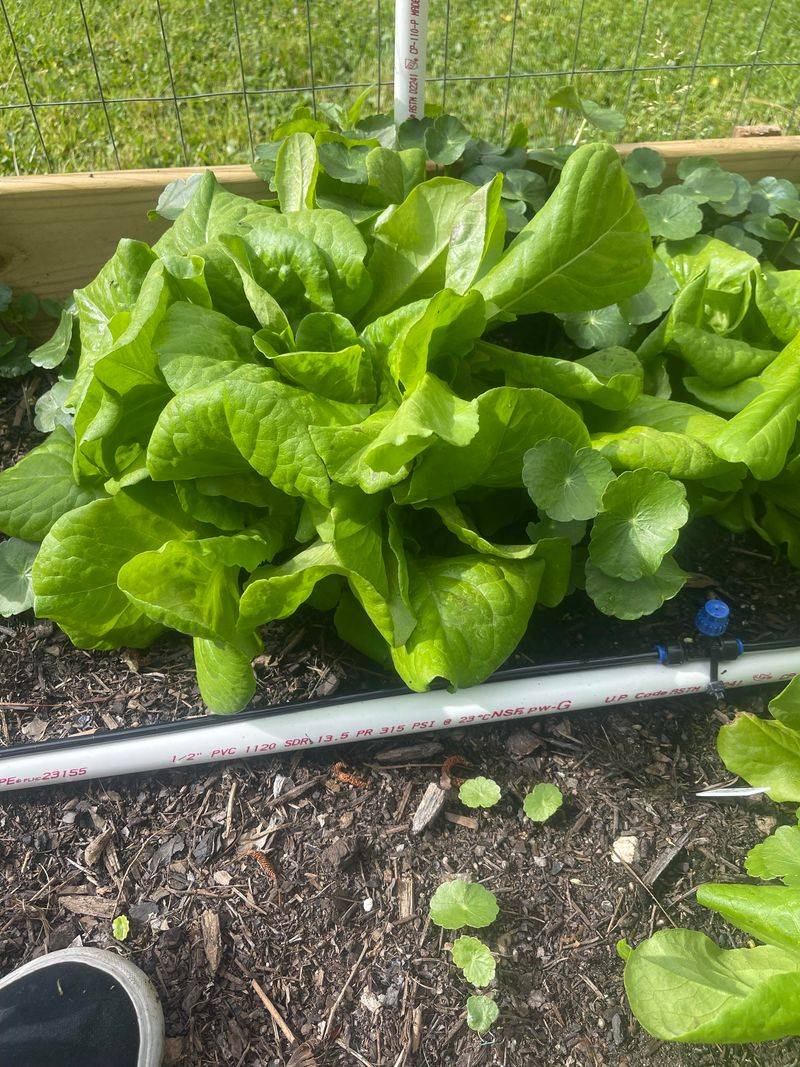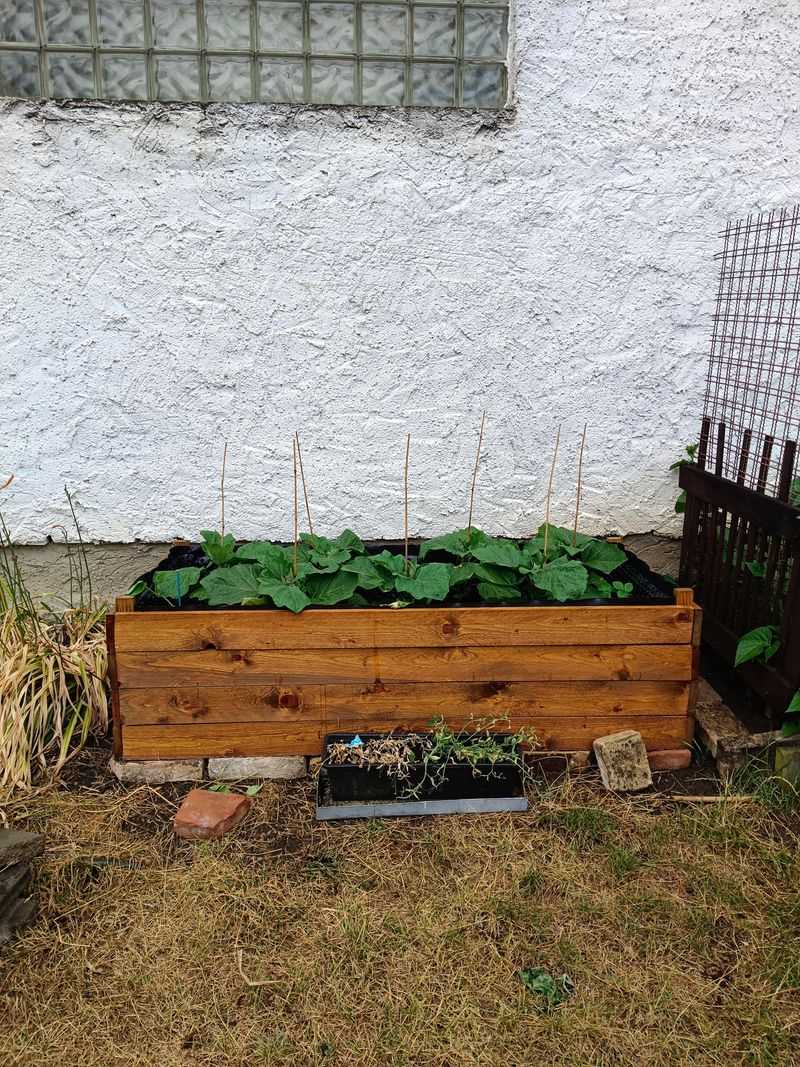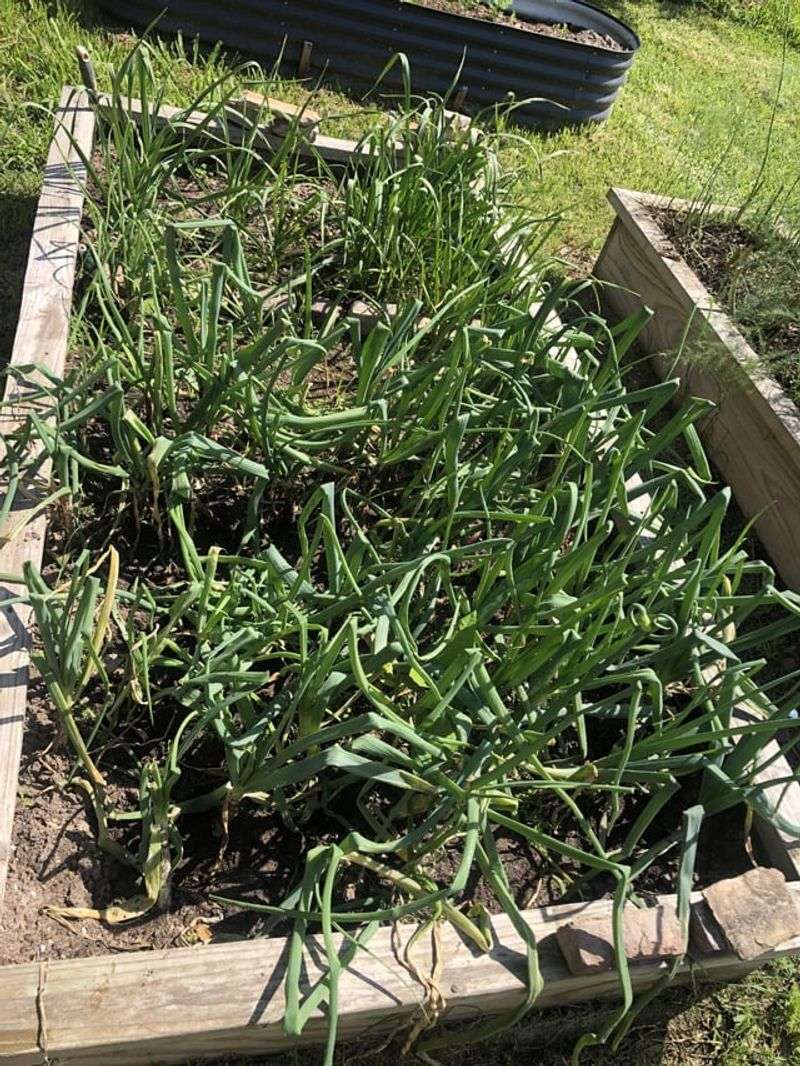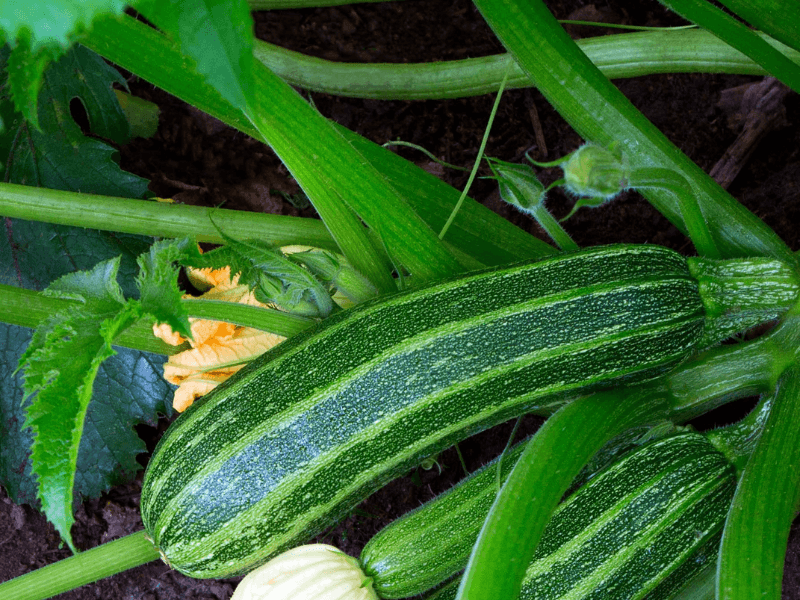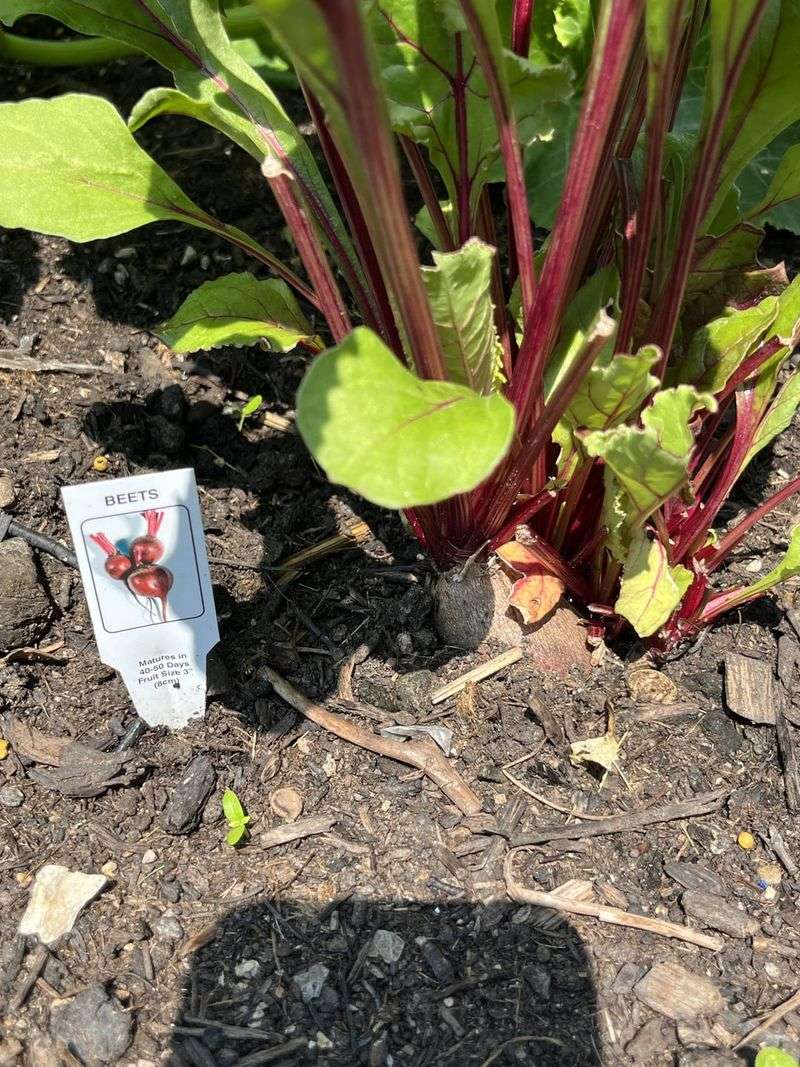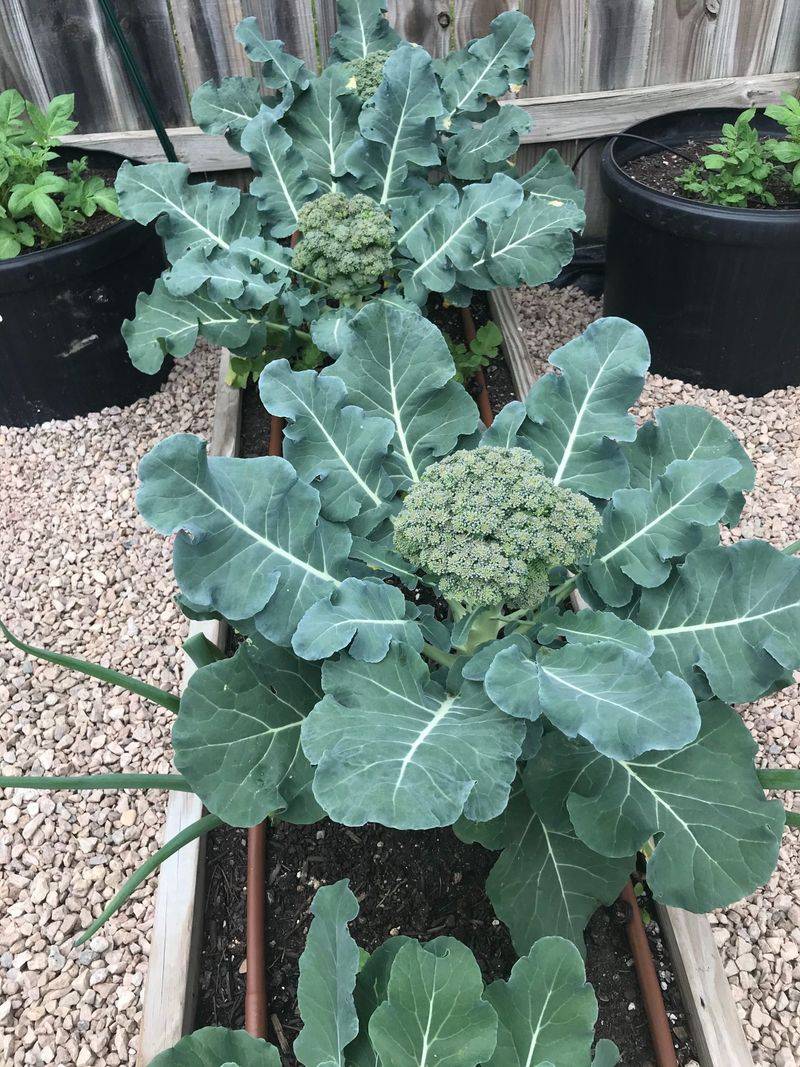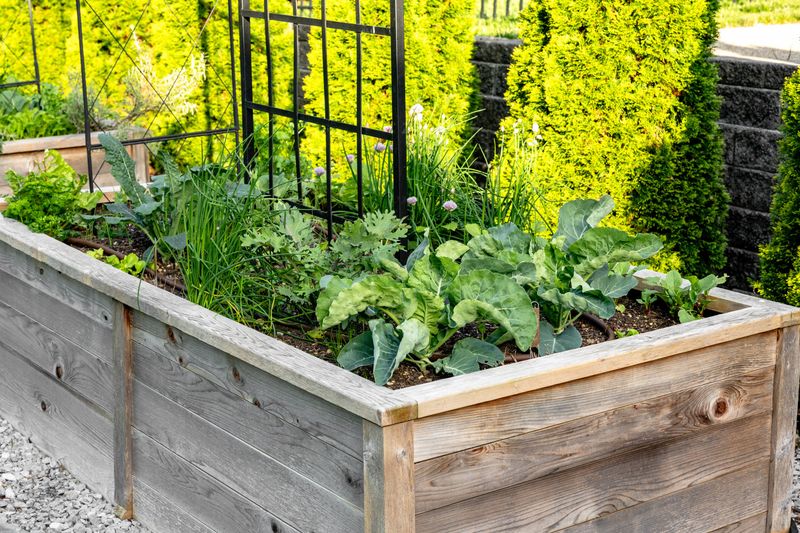Gardening in Texas comes with its quirks—relentless heat, fleeting cool snaps, and rain that shows up like a surprise guest. It’s a landscape that demands a little strategy and a lot of patience. Raised beds are a game-changer in this wild climate.
They improve drainage during flash floods, warm up quickly in spring, and give your plants a fighting chance against unpredictable weather.
Choosing the right veggies isn’t just smart—it’s essential. With the right selections, your raised beds can thrive through extremes, turning effort into a harvest worth celebrating.
1. Tomatoes
Nothing beats the flavor of homegrown tomatoes, especially when they’re planted in raised beds where soil warms up faster in spring. The improved drainage prevents root rot during our occasional Texas downpours.
Start with heat-tolerant varieties like ‘Celebrity’ or ‘Heat Wave II’ for summer harvests. In my Dallas garden, these varieties produced until August when most others had given up.
For fall planting, try smaller varieties like cherry tomatoes that mature quickly before winter arrives. Most Texas gardeners get two tomato seasons, unlike our northern neighbors!
2. Peppers
Hot or sweet, these sun-loving plants thrive in raised beds across Texas. The elevated soil temperature and excellent drainage create ideal growing conditions for peppers of all kinds.
Growing both jalapeños and bell peppers in my Austin garden taught me they need consistent moisture but hate wet feet. Raised beds solve this problem perfectly, allowing roots to stay moist without becoming waterlogged.
Try varieties like ‘Poblano’ for mild heat or ‘Habanero’ if you’re brave. Texas summers provide the perfect amount of heat to develop complex flavors in these spicy favorites.
3. Okra
A true Southern staple that laughs at Texas heat when other vegetables have thrown in the towel. The deep roots appreciate the loose soil structure that raised beds provide.
Summer harvests become a daily ritual as these plants produce continuously through the hottest months. I’ve found that ‘Clemson Spineless’ and ‘Emerald’ varieties perform exceptionally well in my San Antonio garden.
Plant okra after soil temperatures reach 65°F and watch them take off. The beautiful hibiscus-like flowers are an added bonus, bringing both beauty and bounty to Texas raised beds.
4. Bush Beans
Quick to mature and prolific producers, bush beans are perfect for Texas raised beds. Their compact growth habit leaves room for other veggies while still delivering impressive harvests.
The controlled environment of a raised bed means you can plant earlier in spring when soil warms faster than ground level. My first crop usually goes in by late February in Houston, with successive plantings every few weeks.
Green, yellow, or purple varieties all perform admirably. For best results in our climate, choose heat-tolerant varieties like ‘Contender’ or ‘Derby’ that won’t drop their flowers during hot spells.
5. Cucumbers
Growing along trellises at the north end of raised beds, cucumbers make efficient use of vertical space. The controlled soil conditions prevent the bitter fruits often caused by stress in our harsh climate.
Varieties like ‘Armenian’ or ‘Suyo Long’ handle Texas heat better than traditional slicing types. Last summer, these heat-lovers continued producing crisp cucumbers well into August when temperatures topped 100°F.
Water consistently at soil level to prevent powdery mildew, a common issue in our humid conditions. Raised beds make this targeted irrigation much easier to manage.
6. Sweet Potatoes
These sprawling vines love the deep, loose soil that raised beds provide. The improved drainage prevents the rot that often plagues sweet potatoes in our clay-heavy Texas soils.
Start slips in early spring after all danger of frost has passed. By fall, you’ll be rewarded with an abundance of nutritious tubers that store well through winter.
I’ve had great success with ‘Beauregard’ and ‘Georgia Jet’ varieties in my Central Texas garden. The plants also provide attractive ground cover during summer, with their heart-shaped leaves spreading across otherwise empty garden spaces.
7. Kale
A superstar for Texas fall and winter gardens, kale thrives when many other vegetables struggle. The elevated position of raised beds provides protection from soil-borne diseases common in our heavy clay.
Plant seeds in late August or early September for a continuous harvest throughout our mild winters. ‘Lacinato’ and ‘Red Russian’ varieties have performed wonderfully in my winter garden, even surviving occasional freezes.
Successive harvests of outer leaves keep plants producing for months. My family enjoys fresh kale from October through April, making it one of the most productive cool-season crops for Texas raised beds.
8. Carrots
The loose, stone-free soil of raised beds creates the perfect environment for straight, beautiful carrots. Our heavy Texas clay soils typically produce stunted, forked roots, but raised beds solve this problem completely.
Fall planting works best in most of Texas, with seeds sown in September or October. By December, you’ll be pulling sweet, crisp carrots that actually look like the ones in seed catalogs.
Short varieties like ‘Danvers Half Long’ or ‘Chantenay’ perform best in shallower beds. My grandkids love helping harvest these colorful treasures, making gardening a family affair even in winter.
9. Swiss Chard
Bright stems in yellow, red, and pink make Swiss chard as ornamental as it is delicious. The deep root system appreciates the loose soil structure of raised beds.
Unlike many greens that bolt quickly in our heat, Swiss chard remains productive from fall through spring and often survives mild summers. ‘Bright Lights’ has been a reliable performer in my Austin garden for years.
Harvest outer leaves regularly and plants will continue producing for months. This cut-and-come-again vegetable provides more meals per square foot than almost any other crop in Texas raised beds.
10. Radishes
Ready in just 3-4 weeks, radishes provide almost instant gratification in Texas gardens. The quick turnaround makes them perfect for succession planting in raised beds between slower-growing crops.
Spring and fall are ideal seasons for these peppery roots. I plant a small patch every two weeks from February through April, then again from September through November.
Try heat-tolerant varieties like ‘Cherry Belle’ or ‘French Breakfast’ for reliable production. The loose soil in raised beds allows for perfect root development without the splitting common in harder ground.
11. Lettuce
Growing perfect lettuce becomes possible in raised beds, where you can control soil conditions precisely. The elevated position also keeps slugs and snails at bay – a common problem in our humid climate.
Focus on fall through spring cultivation in most of Texas. Heat-tolerant varieties like ‘Black Seeded Simpson’ or ‘Jericho’ extend the season but still struggle in July and August.
Successive plantings every two weeks ensure continuous harvests. My family enjoys fresh salads from October through May, with raised beds producing enough lettuce to eliminate store-bought greens for more than half the year.
12. Eggplant
These heat-loving beauties perform spectacularly in raised beds across Texas. The consistent soil moisture prevents the bitterness that can develop when plants experience drought stress.
Asian varieties like ‘Ping Tung Long’ or ‘Ichiban’ seem especially well-adapted to our climate. Last summer, these slender eggplants continued producing through August when temperatures rarely dropped below 80°F at night.
Plant after all danger of frost and harvest continuously until fall. The controlled environment of raised beds helps prevent many common eggplant diseases, leading to healthier plants and bigger harvests.
13. Green Onions
Versatile and fast-growing, green onions make excellent use of the edges and corners of Texas raised beds. Their shallow root systems won’t compete with deeper-rooted vegetables planted nearby.
Plant in fall for winter and spring harvests, or provide afternoon shade for summer growing. I keep a perpetual patch going by replanting the root ends after using the tops.
Both traditional bunching onions and Egyptian walking onions perform well in our climate. The raised bed environment prevents the rotting that can occur in poorly drained soils during our occasional heavy rains.
14. Zucchini
Famous for its abundance, one or two zucchini plants in a raised bed can feed an entire neighborhood. The improved air circulation helps prevent powdery mildew, a common problem in our humid climate.
Plant after soil warms in spring, usually March or April in most of Texas. By May, you’ll be harvesting tender squash every few days – check plants daily or risk finding baseball bat-sized fruits hiding under leaves!
Choose compact bush varieties like ‘Eight Ball’ or ‘Astia’ that won’t take over smaller raised beds. The controlled environment helps manage squash vine borers, though row covers during early growth provide extra protection.
15. Beets
Growing beautiful beets becomes possible in raised beds, where our heavy Texas clay won’t stunt or deform the roots. The loose, rich soil allows for perfect globe development and easy harvesting.
Fall planting works best in most regions of Texas, with seeds sown in September or October. Varieties like ‘Detroit Dark Red’ and ‘Chioggia’ have thrived in my Central Texas garden for years.
Don’t forget that both roots and greens are edible! Thinning seedlings provides baby greens for salads, while mature plants offer two vegetables in one. Few crops utilize raised bed space more efficiently.
16. Broccoli
Fall-planted broccoli produces beautiful heads in raised beds across Texas. The controlled environment prevents the bitter taste often caused by heat stress in our climate.
Start seeds indoors in August or purchase transplants in September for harvest throughout winter. After cutting the main head, side shoots continue producing for months.
Varieties like ‘Packman’ and ‘Green Magic’ have performed consistently well in my Dallas garden. The raised bed environment also helps manage cabbage loopers and other pests that typically plague brassicas in our region.
17. What to Avoid
Some vegetables struggle in Texas raised beds despite your best efforts. Cauliflower often buttons (forms tiny heads) due to temperature fluctuations common in our unpredictable springs and falls.
Artichokes require too much space for the typical raised bed and need multiple seasons to produce well. Our summer heat typically destroys them before they become established.
Celery demands constant moisture and cool temperatures – rare commodities in Texas. Even in raised beds, it typically becomes tough and stringy before reaching harvest size. Focus your valuable raised bed space on vegetables that truly thrive in our challenging climate.

